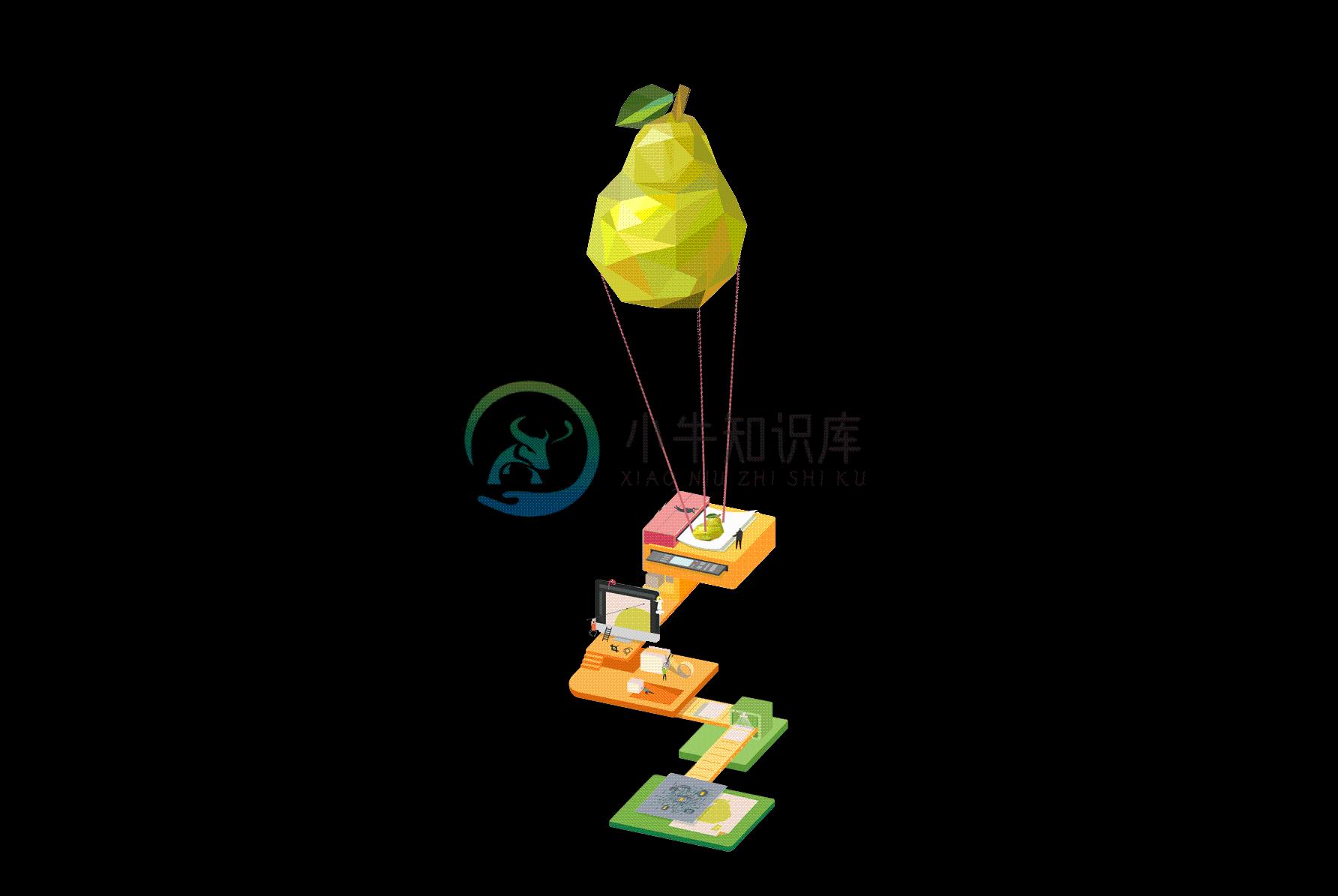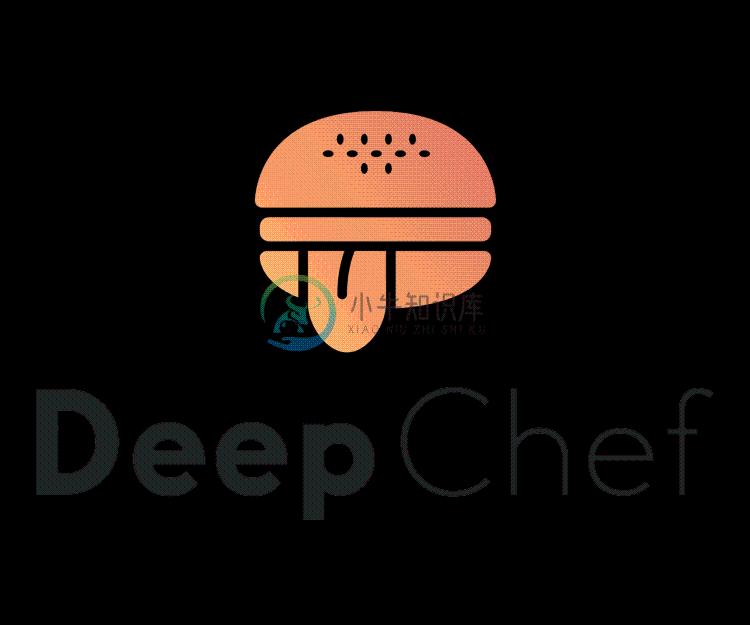Deep Learning food image recognition system for cooking recipe retrieval
Demo: DeepChef
Overview
Update: The Blog Article is now out. Visit this tutorial on Medium for further information!
For example usage visit this Jupyter Notebook: Core Algorithm
Maturaarbeit 2018: This work makes usage of deep convolutional neural networks with Keras to classify images into 230 food categories and to output a matching recipe. The dataset contains >400'000 food images and >300'000 recipes from chefkoch.de.
Hardly any other area affects human well-being to a similar extent as nutrition. Every day countless of food pictures are published by users on social networks; from the first home-made cake to the top Michelin dish, the joy of the world is shared with you in case a dish is successful. It is a fact that no matter how different you may be from each other, good food is appreciated by everyone. Advances in the classification or object recognition of individual cooking ingredients are sparse. The problem is that there are almost no public edited records available.
Process
The code (Jupyter notebooks) is provided with numerous comments in German.The process looks like this:
1│── Data preparation
│ └── Clearing data
│ └── Data augmentation
2│── Data analysis and Visualization, Split data (Train, Valid, Test)
3│── First attempts with simple ML models
│ └── Nearest Neighbor classifier (kNN)
│ └── k-Means Clustering
│ └── Support Vector Machine
4│── Transfer Learning: Training pre-trained CNN (Convolutional Neural Network)
│ └── AlexNet, VGG, ResNet, GoogLeNet
5│── Training your own CNN
│ └── Optimization
6│── Visualize results
7└── Create a web application (DeepChef) (work in progress)
Solution
The exact solution is the following:
For every recipe W it has K number of pictures. For each of the images feature vectors are extracted from a pre-trained Convolution Neural Network trained on 1000 categories in the ILSVRC 2014 image recognition competition with millions of images. The feature vectors form an internal representation of the image in the last fully connected layer before the 1000-category Softmax Layer which was removed beforehand. These feature vectors are then dimensionally reduced by PCA (Principal Component Analysis) from an N x 4096 matrix to an N x V matrix, where V < 4096. As a result, one chooses the top 5 images with the smallest Euclidean distance to the input image (Approximate nearest neighbor), i.e. the top 5 optical, just from the picture information, similar pictures to the Input image.
Furthermore, a CNN is trained with C number of categories with pictures of W recipes. C has been determined dynamically using topic modeling and semantic analysis of recipe names. As a result one gets for each category a probability to which the input image could belong.
The top 5 categories of the input image of the CNN (2.) are compared with the categories of the top 5 optically similar images (1.)
Abstract
This work deals with the problem of automated recognition of a photographed cooking dish and the subsequent output of the appropriate recipe. The distinction between the difficulty of the chosen problem and previous supervised classification problems is that there are large overlaps in food dishes, as dishes of different categories may look very similar only in terms of image information. The task is subdivided into smaller areas according to the motto divide and conquer: According to the current state, the largest German-language dataset of more than 300'000 recipes will be presented, with a newly developed method, according to the author's knowledge, presented by the combination of object recognition or cooking court recognition using Convolutional Neural Networks (short CNN) and the search of the nearest neighbor of the input image (Next-Neighbor Classification) in a record of over 400,000 images. This combination helps to find the correct recipe more likely, as the top-5 categories of the CNN are compared to the next-neighbor category.
DeepChef
The result is the product DeepChef. The web application (coming soon) expects a meal picture as input. As a result, you get the associated recipes.
-
实现特殊效果的UITabBar(Jamie's Recipes App的tab bar效果),开发者可以根据这份代码学习如何自定义UITabBar,包括背景、图片、以及切换动画效果等等。 [Code4App.com]
-
问题 如果你不是很了解表单上传或者CGI的话, 你会觉得文件上传有点奇特. 解决方法 import web urls = ('/upload', 'Upload') class Upload: def GET(self): return """<html><head></head><body> <form method="POST" enctype="multipart
-
NTL-ISS-Food-Intake-Tracker 是美国国家航空航天局为国际空间站成员设计的,可用在 iPad 上的食物摄入追踪应用。
-
在此输入图像说明 食物不能解析为变量
-
我的目的是通过sound.c做声波文件的准备,安排训练过程,测试过程。编译darknet时出错。需要你的帮助! make:gcc:找不到命令makefile:175:目标'obj/sound.o'的制作方法失败make:***[obj/sound.o]错误127 UBUNTU LTS 18.04 CUDA 11.1
-
本文向大家介绍简单说说CNN常用的几个模型?相关面试题,主要包含被问及简单说说CNN常用的几个模型?时的应答技巧和注意事项,需要的朋友参考一下 名称 特点 LeNet5 没啥特点,不过是第一个CNN应该知道 AlexNet 引入了ReLU和dropout,引入数据增强,池化相互之间有覆盖,三个卷积一个最大池化+三个全连接 VGGNet 采用11和33的卷积核以及2*2的最大池化使得层数变得更深,常



